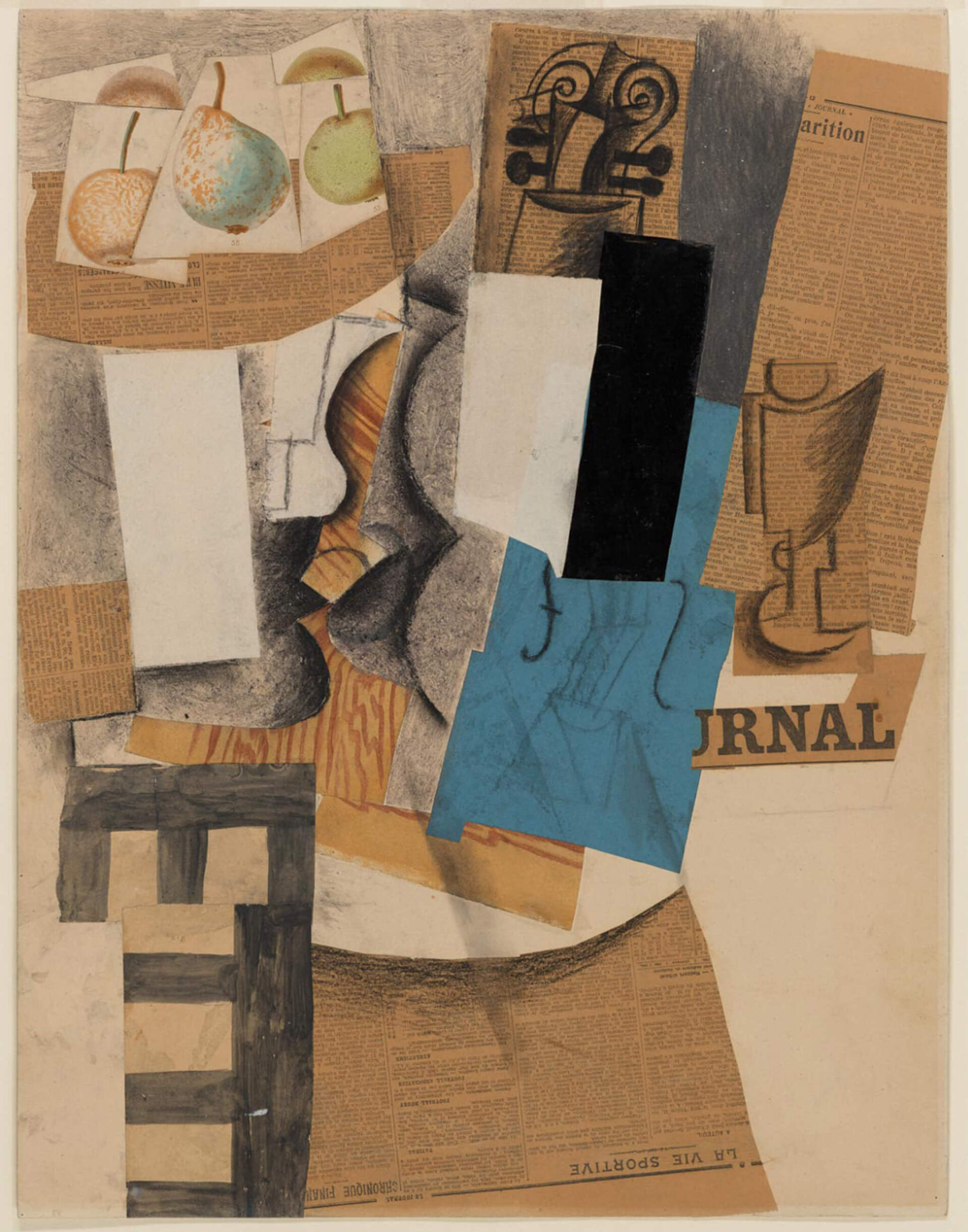Team
Transition
An effective transition in 6-8 weeks
based on art, psychology and philosophy
Are there teams within your organization that can perform better, have problems, or do not function properly?
TeamTransition was created to work on this. The is the most innovative intervention for teams.
During a TeamTransition, a team is guided in an inspiring way and enabled to solve its own problems. They will look at themselves and each other differently ... and they will look at art differently. It is a powerful transition that leads to greater cohesion, better synergy and higher internal dynamics. Team transition works with building blocks from three important and perhaps at first sight uncommon support areas, namely: psychology, philosophy and art. Important components of the transition are a circular and a creative workshop. The first in the office or virtually, the second often in our art studio, where, after careful preparation regarding the starting position and objectives, the team members get to work together.
How does TeamTransition work?
Below are a schematic description of the different steps and the different steps of the method.
After a short period of introduction and interviews (step 1), a systemic analysis of the team is made, shown in a Teamchart. This shows relationships and relationships from both within and outside the team. These will be fine-tuned during a circular workshop (step 2).
During this workshop, patterns become clear that perpetuate problems. A distinction is made between intention, behavior and effect. The system as a whole is also considered.
Key points from the circular workshop will be elaborated in creative exercises. These are discussed in a studio workshop (step 3) in the studio in Amsterdam. The selected exercises get to the heart of the team's problems and stimulate innovation, focus and motivation.
The studio workshop is concluded with a team setup in 3D, with a Team chart as the basis on which conclusions and new insights are added, such as changes around relationships, relationships, agreements and functioning.
All learning points from the workshop are processed in a step-by-step plan, which is discussed with the team during the final session (step 4).
If there is a need for this afterwards, participants can be further guided through coaching. It is also possible to opt for extended supervision of the team during the roll-out of the step-by-step plan.
Examples of TeamTransition results
- Significantly improved synergy
- More creative solutions, more innovative
- More committed to results
- Less turnover or absenteeism
- Faster in decision-making
- Greater mutual understanding and respect
- Open and resolving in communication
- Connected in vision and strategy
Who is TeamTransitie suitable for?
What is the lead time?
- Any department or team can use this method. Our participants often also consist of groups of managers such as management teams, boards and boards.
- The usual lead time for a TeamTransition is six to nine weeks, with an average time commitment of one and a half to two working days per participant.
- In addition to going through the entire process, individual parts of TeamTransitie can also be purchased or customized for any organization that has special requirements. This includes: systemic interventions, team constellations, studio sessions and coaching.
TeamTransition in times of Corona
We have organized our exercises partly on the challenges that have arisen from “working from home” and being at a distance from each other and the office. Naturally, we have taken measures to be able to work safely. The Atelier is spacious, with high ceilings and large windows, is well ventilated and made suitable for safe working during Corona.






